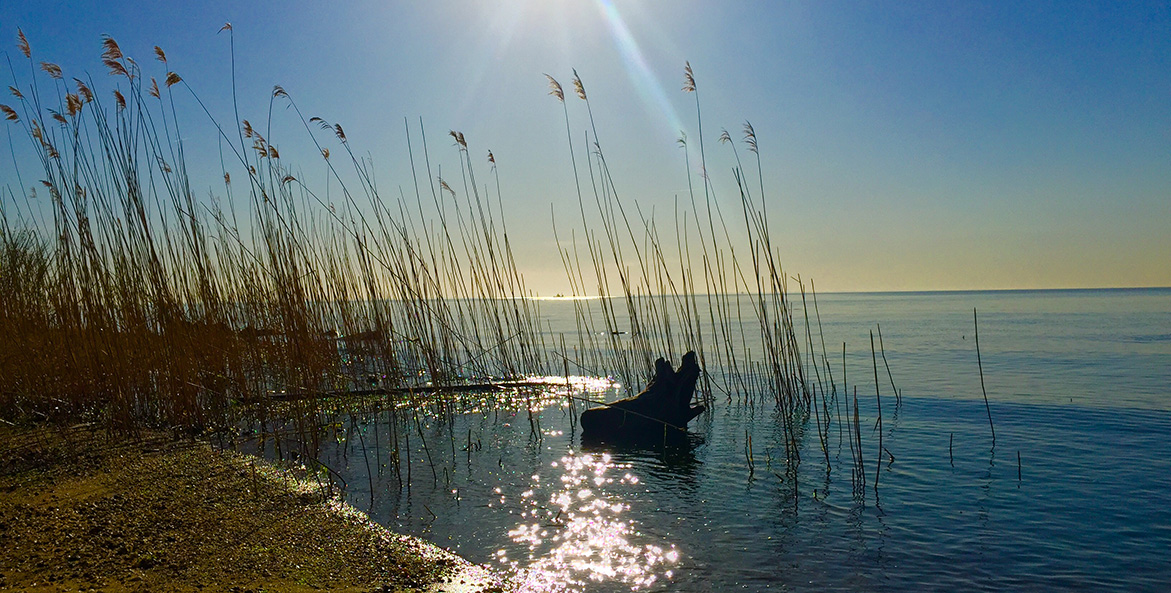This was first published in the Bay Journal on September 6, 2024.
For baseball fans, there’s nothing quite like this time of year: the September runup to the playoffs, when anything can happen. This year is especially sweet for those of us who cheer on the Baltimore Orioles.
The O’s story—going from perennial underdog to real contender—is compelling not because it is unique, but because it is so universal.
It often takes teams years of struggle and perseverance before having a shot at a World Series moment. It’s a reminder that to achieve something great, you first have to imagine it. You have to fail many times, learn from your mistakes and recommit again and again to get better. You can’t ever give up.
But while I share the sense of frustration that we’re not there yet, I don’t share the despair.
As the president and CEO of the Chesapeake Bay Foundation, I’ve thought about this a lot in a year when the Bay restoration effort is facing its own critical moment.
In just a few months it will be 2025, the year targeted by the Chesapeake Bay Program—the partnership between the federal government and six Bay states, plus the District of Columbia—for achieving its many goals to reduce pollution and restore wildlife populations throughout the watershed.
Some goals, like the goal for oyster restoration, will be met. Others will not—like the goal to reduce nutrient and sediment pollution from farms and developed lands. The U.S. Environmental Protection Agency’s latest assessment of progress toward water quality goals, released August 14, show that while tremendous progress has been made, we still have a long way to go.
That’s why we are calling for the Chesapeake Bay’s six governors and federal leaders to formally recommit to working together and pledge to update the Chesapeake Bay Agreement by the end of 2025, including a new timeline for water quality goals that should be measured in years, not decades.
Sometimes it can feel like déjà vu; this will be the third missed Bay restoration deadline since the partnership formed in 1983.
But while I share the sense of frustration that we’re not there yet, I don’t share the despair. Each time we’ve fallen short, we’ve recommitted and made important changes that led to progress. We’ve learned a lot about what works and what doesn’t. History can and should teach us, but we are not bound to repeat it.
Strong action from the Executive Council has been paramount for making progress throughout the restoration effort’s history.
We can envision a different future—one informed not only by what was, but what could be: open beaches on the Potomac River, a swimmable harbor in Baltimore, clean creeks for our kids to play in alongside farms that actively build healthier soil and waterways.
And we need to. We need to envision a Bay watershed with a changing climate, a growing population and the ability to provide food, energy and a high quality of life. We need to envision how these things can work together, within a healthy ecosystem.
At the same time, outcomes matter. We should not only dream big, but also think bigger about solutions to age-old problems, like the pollution that comes from agricultural and developed land. Approaching these problems the same way we have before isn’t enough. We also need to think bigger about how we work together and who we include, because no one can do this alone.
Leadership is key to getting this done, and it starts with the full attendance, in person, of the partnership’s Chesapeake Executive Council at its annual meeting this December. The council includes the governors of each watershed state, the mayor of the District of Columbia, the administrator of the EPA and the chair of the Chesapeake Bay Commission.
Strong action from the Executive Council has been paramount for making progress throughout the restoration effort’s history. It is critical that these leaders formally recommit to achieving the partnership’s existing goals.
In this moment, when the watershed faces so many pressures from climate change and intensifying development and agriculture, it is also critical that by the end of 2025 they pledge to update the Chesapeake Bay Watershed Agreement to address challenges identified by the latest science.
In the absence of such commitments, there is a very real chance that the partnership will either dissolve or become increasingly ineffective beyond 2025.
Chesapeake Bay restoration started as a big, impossible dream. The thought of entire industries banning phosphorus detergent, a major water pollutant, was once unimaginable. But it happened. The idea of large-scale oyster reefs returning to the Bay’s rivers seemed unreal, but they are growing and thriving.
We aren’t there yet, but I know this team. We don’t give up. We learn from the past and do better. We will have our moment. And it starts with this one.




